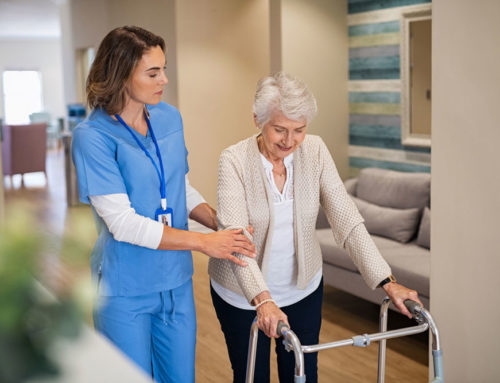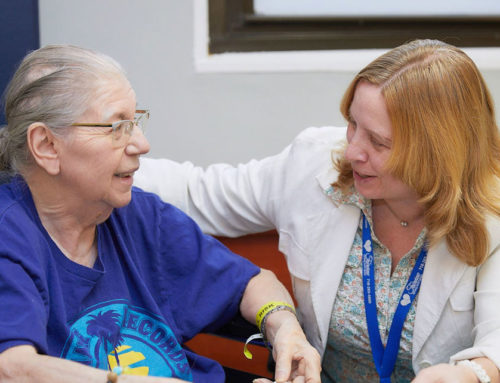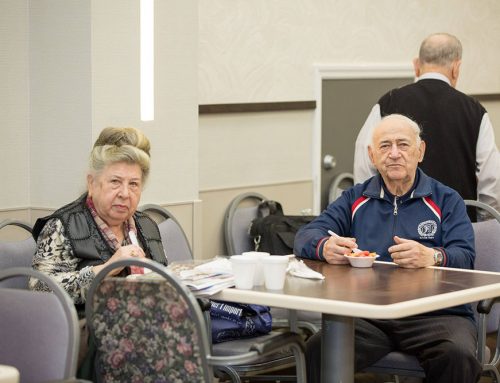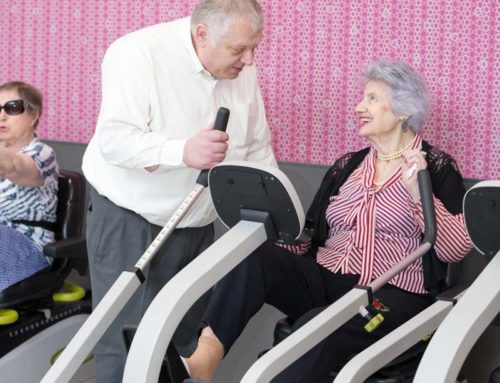Sleep Apnea Causes And Treatment Options To Avoid CPAP
Sleep apnea is a serious disorder that can lead to, or exacerbate, high blood pressure, fatigue, and diabetes. Seek professional medical advice if you think you have obstructive sleep apnea. There are two main types of this unpleasant disorder. The most common one is when soft tissue, such as your tongue, blocks the airway. A less common form of this ailment is when the brain fails to signal the muscles to breathe.
Depending on the severity of the disorder, medical care may involve use of a continuous positive airway pressure (CPAP) machine. This requires the wearing of a face mask connected to the CPAP machine that helps keep the airway open.
For milder cases of sleep apnea such an intervention can be avoided through simple techniques, such as yoga breathing.
But before trying them, talk to your doctor and ask if you can avoid CPAP.

How Can I Treat Sleep Apnea At Home Without CPAP?
Managing your sleep apnea symptoms can be learned through research and trial and error. Among the most obvious things sufferers can do is quit smoking and drinking alcohol. Apart from that, lifestyle changes can help.
Aerobic exercises and sunshine during the day set you up for a good night’s sleep. Also, avoid using electronic devices before sleeping as they emit light that tricks you into thinking it is still daytime.
Make sure the place where you sleep is the right temperature, with appropriate ventilation and humidity. Have a good bedtime routine so that you train the brain to know that it is time to sleep. Avoid eating a rich, heavy meal before bedtime. Also, consider changing the slope of your mattress to ease sleep apnea symptoms.
Try yoga breathing exercises
Breathing in and out using your diaphragm rather than your chest is called yoga breathing. It is a great way to empty the mind of worries and relax. It also helps strengthen the muscles controlling soft tissues in your mouth or throat that can cause sleep apnea. Get an experienced practitioner to show you – practice makes perfect!
Do deep breathing exercises regularly, at least 3 minutes a day. Do them every day! Let the breathing practitioner explain and show you how to do them correctly. They can help tremendously.
Side sleep helps sleep apnea
Did you know that when you try and sleep on your back, more pressure is exerted on the airway? To avoid this, change your body position and try sleeping on your side. Keep trying slightly different positions to find the most comfortable one for you. Another positional sleep therapy technique is adding a pillow or two to raise your head to keep the airway open.
Lose weight
One of the most effective long-term remedies is to lose weight. Roughly half of all people with this sleeping disorder are overweight, and obesity is a primary risk factor. People who are obese tend to have more tissue in the upper airways, placing them at greater risk of sleep apnea.
This article is for educational and informational purpose only and does not substitute for professional medical advice. For any questions about your own health condition, speak to a qualified physician or healthcare provider.







Leave A Comment